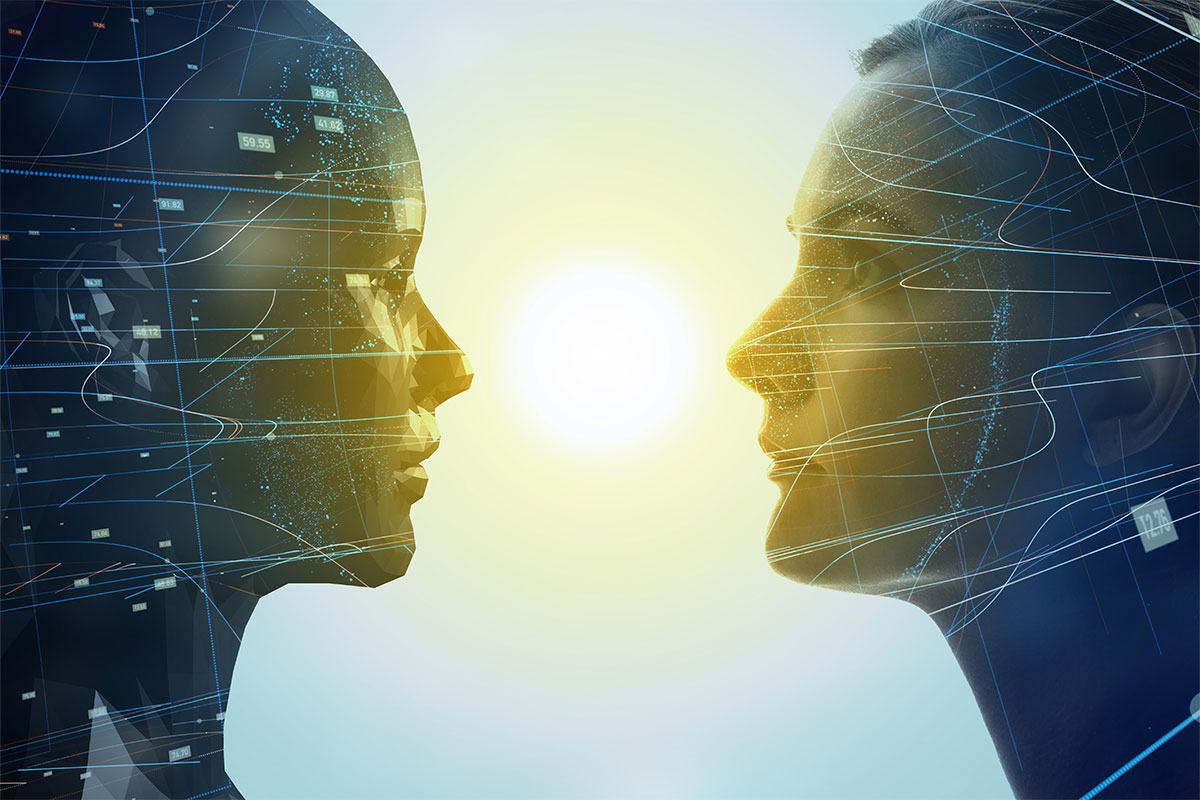At a recent major symposium on 6G systems, standardization for the metaverse was one of the major discussion topics. Jesse Alton, who goes by the tag @mrmetaverse (let’s build the @open_metaverse together) spoke about his ten-year journey to launching the Open Metaverse Interoperability Group. He also gave a concrete example of standardizing interoperable avatars. The process of consensus-building and standardization was relatively straightforward. All that was required was an agreement on file type formats.
Much tougher challenges lie ahead, however. For example, how will industry players agree on interoperability standards for portals, or walled garden metaverses? Will service providers agree on a standard for location information to support teleporting across the digital universe? These issues question whether participants can agree on scalable and industry-wide standards in “pay-to-play” or restricted-participation standardization bodies.
Consumer and Industrial Metaverses
A common perception of the metaverse is one of consumers operating their avatar presences in digital worlds. Typical examples apply to multi-player games in online worlds. A different example, from the education sector, involves a science student interacting with a digitally rendered plant in a game-like setting to see how well they could nurture it. In time, novel interfaces and sensors will add touch and smell sensations to this learning experience.
A second metaverse category applies to industrial users. A simple version might involve immersive training. This is where technicians use an augmented reality application to practice a complex maintenance procedure in a controlled environment before they tackle any real-world repairs.
IoT and the Metaverse
Both consumer and industrial examples make use of digital representations of physical objects. These are commonly referred to as digital twins. In a predictive maintenance situation, a digital twin mimics the behavior of a “healthy” machine. Comparing the dynamic behavior of a device and its digital twin allows operational staff to detect the onset of failure and to schedule preventative maintenance. Consider the example of an automatic door in a subway train or an elevator. If the pattern of a door’s opening and closing movement deviates from the prediction of its digital twin, an automated system would detect speed or jerkiness differences. This might trigger an alert about an incipient motor failure or the need for cleaning to remove an obstruction. Allowing technicians to enter this industrial metaverse and visualize what might be happening can also lower the cost of human validation and prevent unnecessary shutdowns.
The value of a simulated engine or the digital twin of a smart city’s infrastructure depends on how well physical and virtual worlds are connected. IoT sensors, connected devices and interoperable data models are, therefore, critical components of industrial metaverses.
Interoperability and Standardization
In practice, metaverse scenarios involve multi-stakeholder collaboration, often involving completely new use cases. By way of illustration, consider the case of a private car or a delivery truck passing through a city. There are many opportunities for data interactions between the vehicle owners and operators as well as municipal agencies in charge of traffic management and public safety, for example. This requires some infrastructure for data exchanges as well as capabilities to ensure trustworthy data sharing and mechanisms to share value among participants. The many stages in exchanging data lend themselves to a system of authentication marques and fractional payments.
The same pattern applies to condition monitoring insights in a manufacturing facility. The site manager would want condition monitoring information for pumps and motors supplied by different vendors as well as a consolidated picture for each manufacturing line.
Growth in the number of IoT devices and decentralized networks is taking place against a backdrop of rising concerns about data privacy. This creates a requirement for secure and reliable digital identities linked to personal data management. As a result, there is a need for traditional identity systems to adapt.
In anticipation of emerging requirements, ATIS launched an initiative focusing on User-Controlled Privacy Using Self-Sovereign Identity. Its aim is to examine the use of Self-Sovereign Identity (SSI) to provide a portable and interoperable identity and authentication solution that can function across both physical and virtual domains. SSI can unlock personal data in a way that fosters greater trust between consumers and businesses, while also helping companies comply with privacy regulations. The metaverse presents new challenges for portable identity and authentication across both physical and virtual domains of which SSI can provide an effective solution. A recent ATIS paper explores how SSI can help communications service providers comply with new data privacy mandates and create value for their customers.
At the same time, broader needs for interoperability standards are driving industry alliances such as the Metaverse Standards Forum and the Open Metaverse Interoperability Group. The close interdependencies between metaverse and IoT sectors motivated oneM2M to explore these issues. Several organizations from Korea, a country that is firmly on the metaverse path, are involved alongside oneM2M members from other countries. Andrew Min-gyu Han of Hansung University and France-based Shane He from Nokia are co-leading the effort. Their aim is to identify and assess the feasibility of key use cases and requirements to enable metaverse services based on IoT.
An important aspect of the work will deal with metaverse devices. Standardizing the definition of information models will create the foundations for easy data interoperability. Following best-practice standardization procedures, findings from the initial research will be published in a technical report. This will feed into the next step to define technical standards. As with other oneM2M publications, these are openly accessible and free to download, which increases the prospect for scalable and economically affordable solutions. To stay updated, follow oneM2M’s regular posts on IoT standardization.
